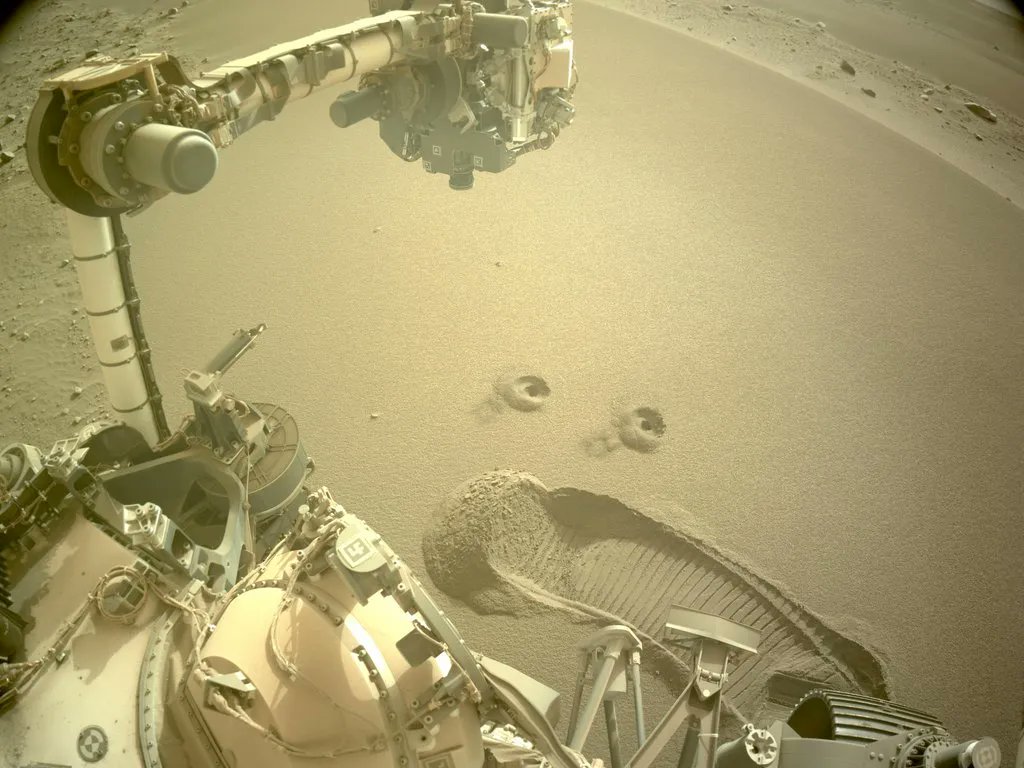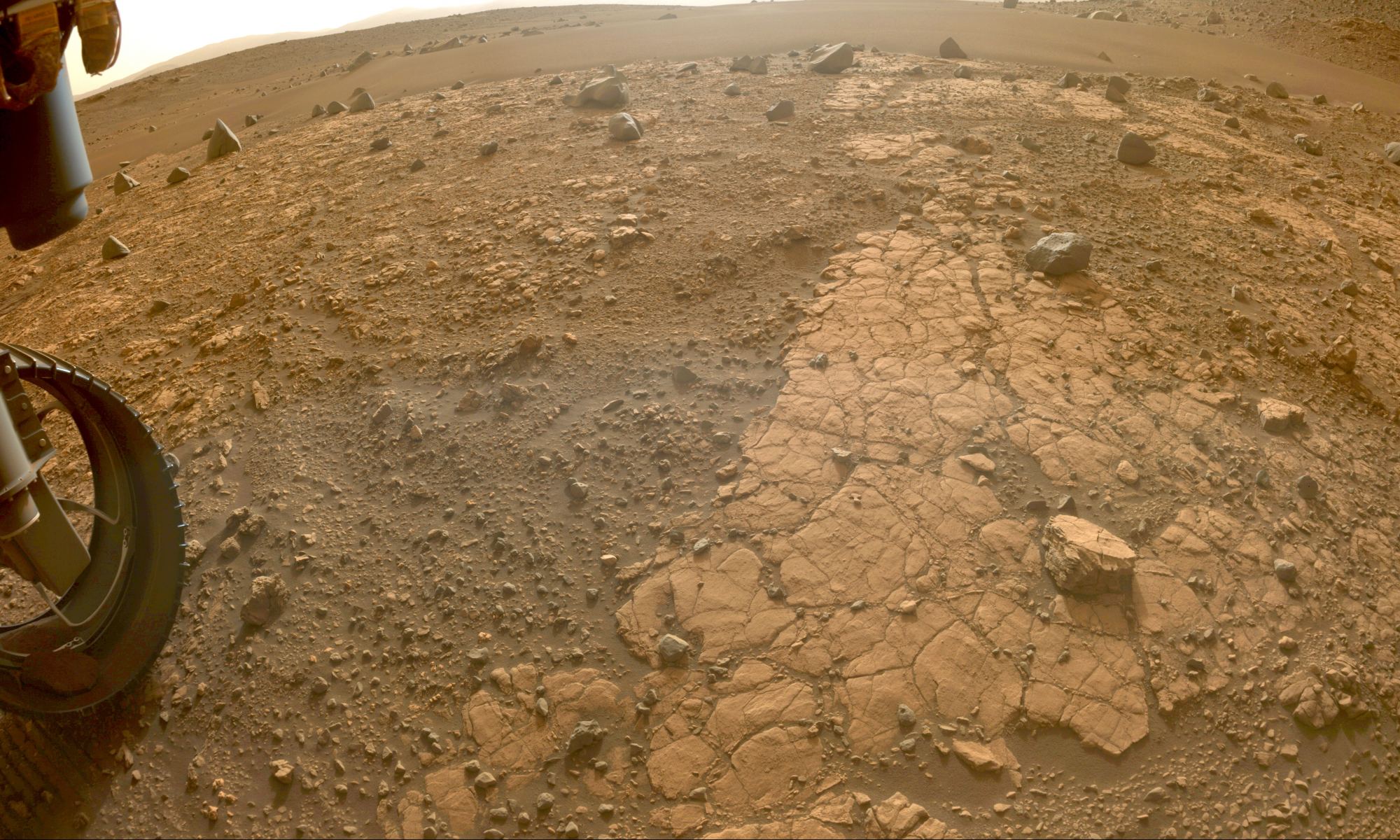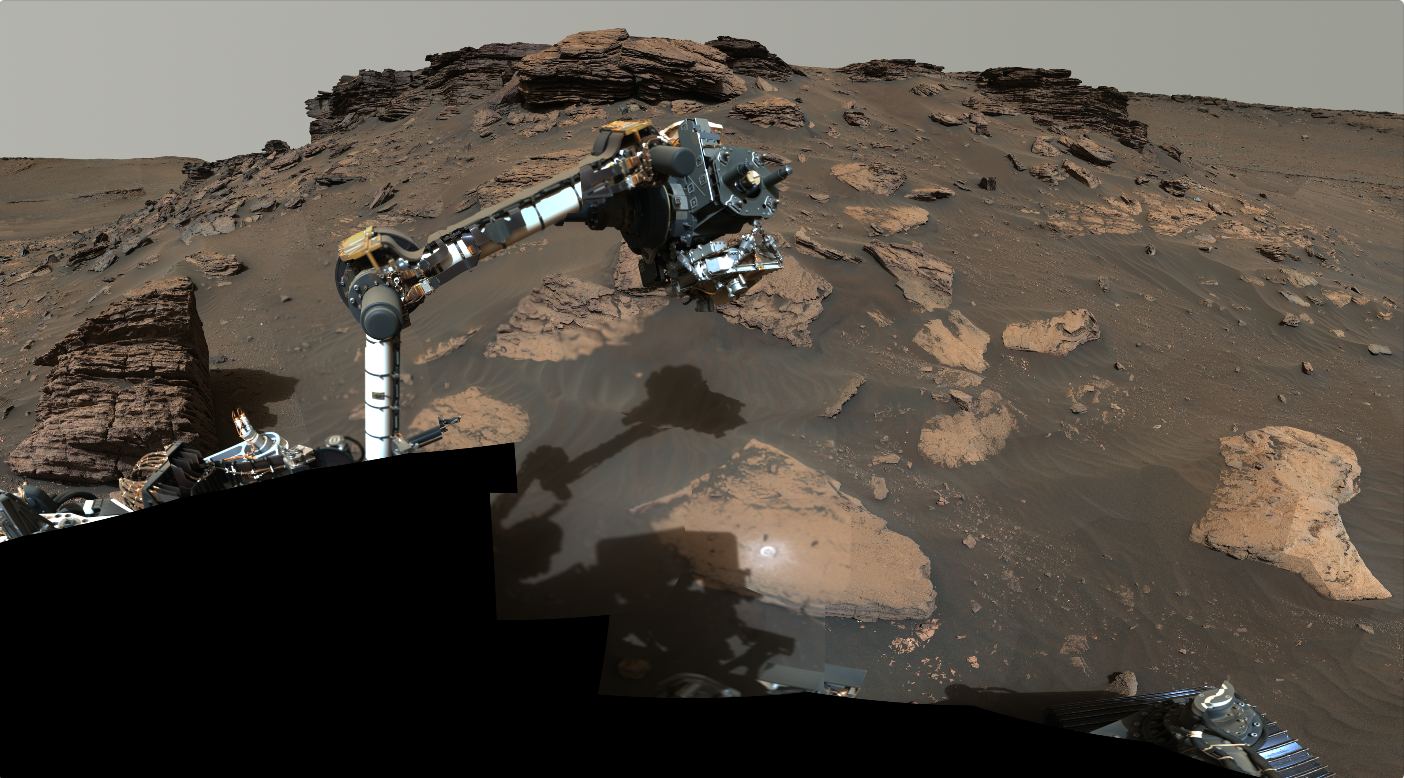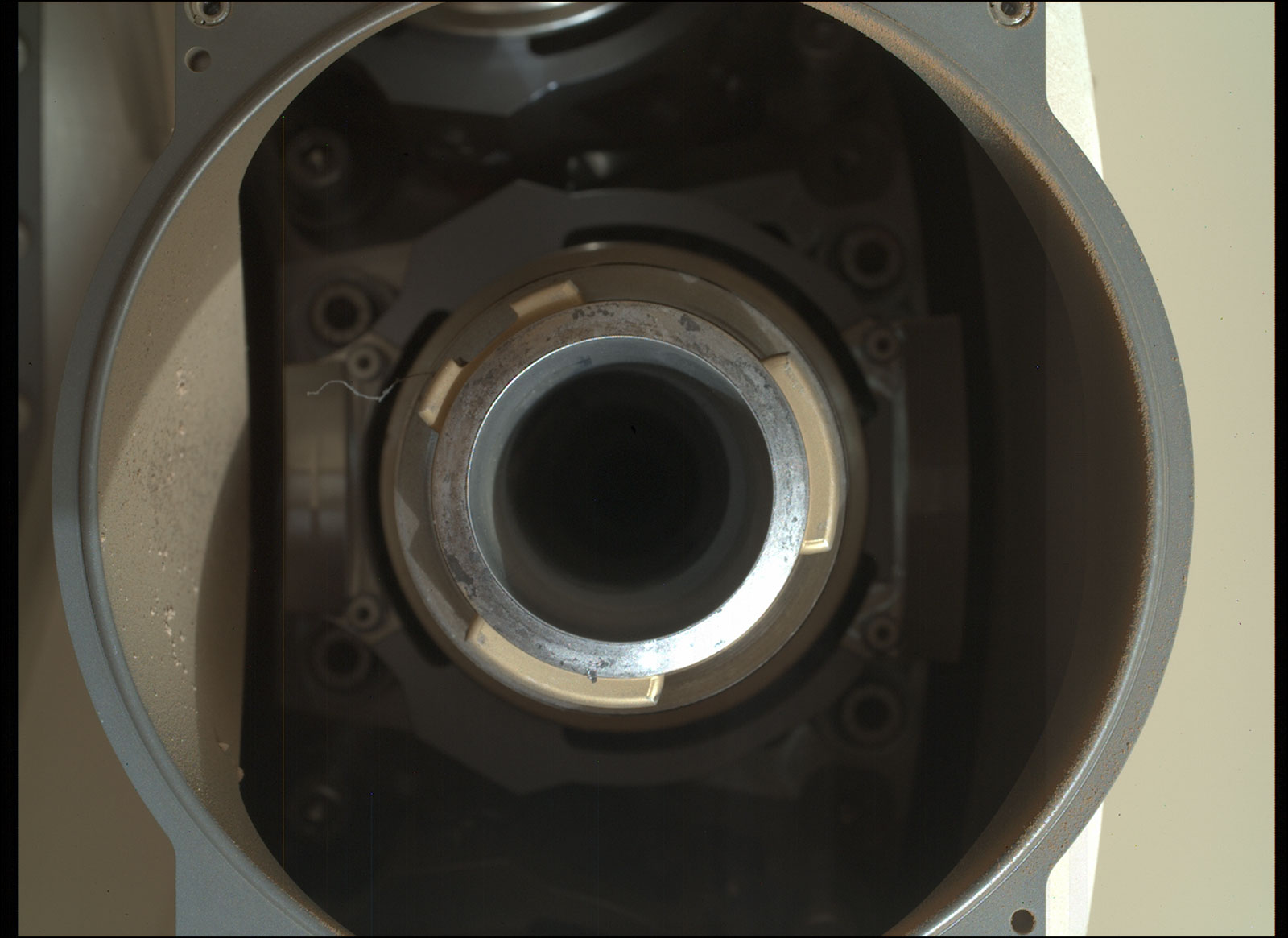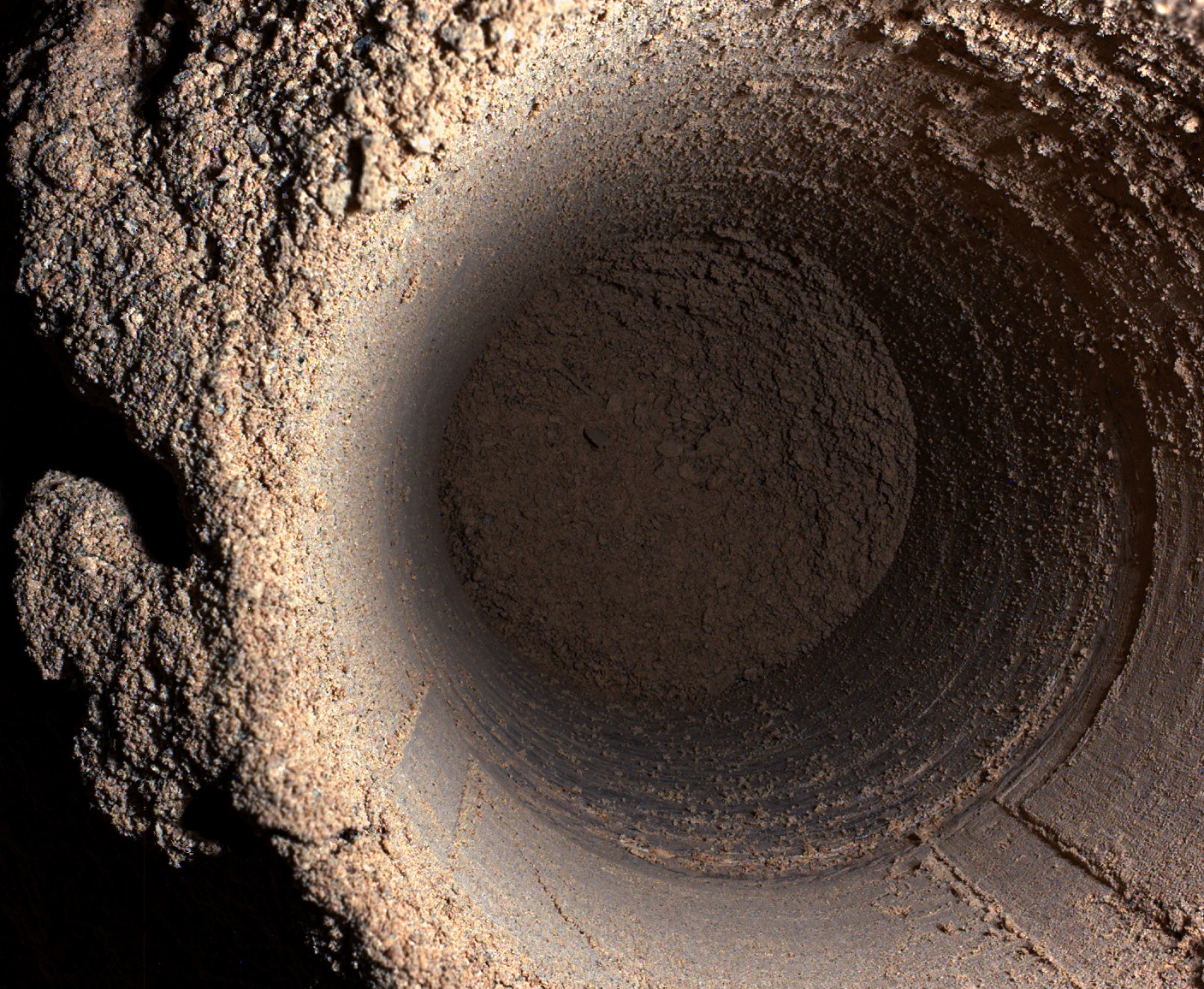On February 18th, 2021, the Perseverance rover landed in the Jezero Crater on Mars. Since then, Perseverance has been exploring the region in search for evidence of past (and possibly present) life – much like its cousin, the Curiosity rover. This includes obtaining samples that will be placed in a cache and retrieved by a future ESA/NASA sample-return mission. These will be the first directly-retrieved samples of Martian rock and soil that will be analyzed in a laboratory on Earth, which are expected to reveal some tantalizing bits about the history of the Red Planet.
But it appears that we don’t need to wait on the sample-return mission since the Perseverance rover is already sending some surprising data back to Earth. According to a new study by a research team led by the University of California at Los Angeles (UCLA) and the University of Oslo, Perseverance’s ground-penetrating radar detected that the rock layers beneath the crater are strangely inclined. These strange sections could have resulted from lava flows that slowly cooled or could be sedimentary deposits from an underground lake.
Continue reading “The Geology at Jezero Crater is Even More Complex Than Scientists Were Expecting”



